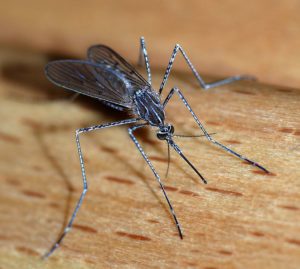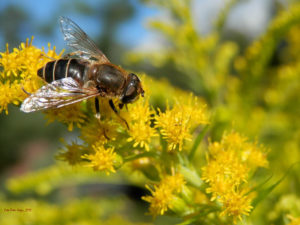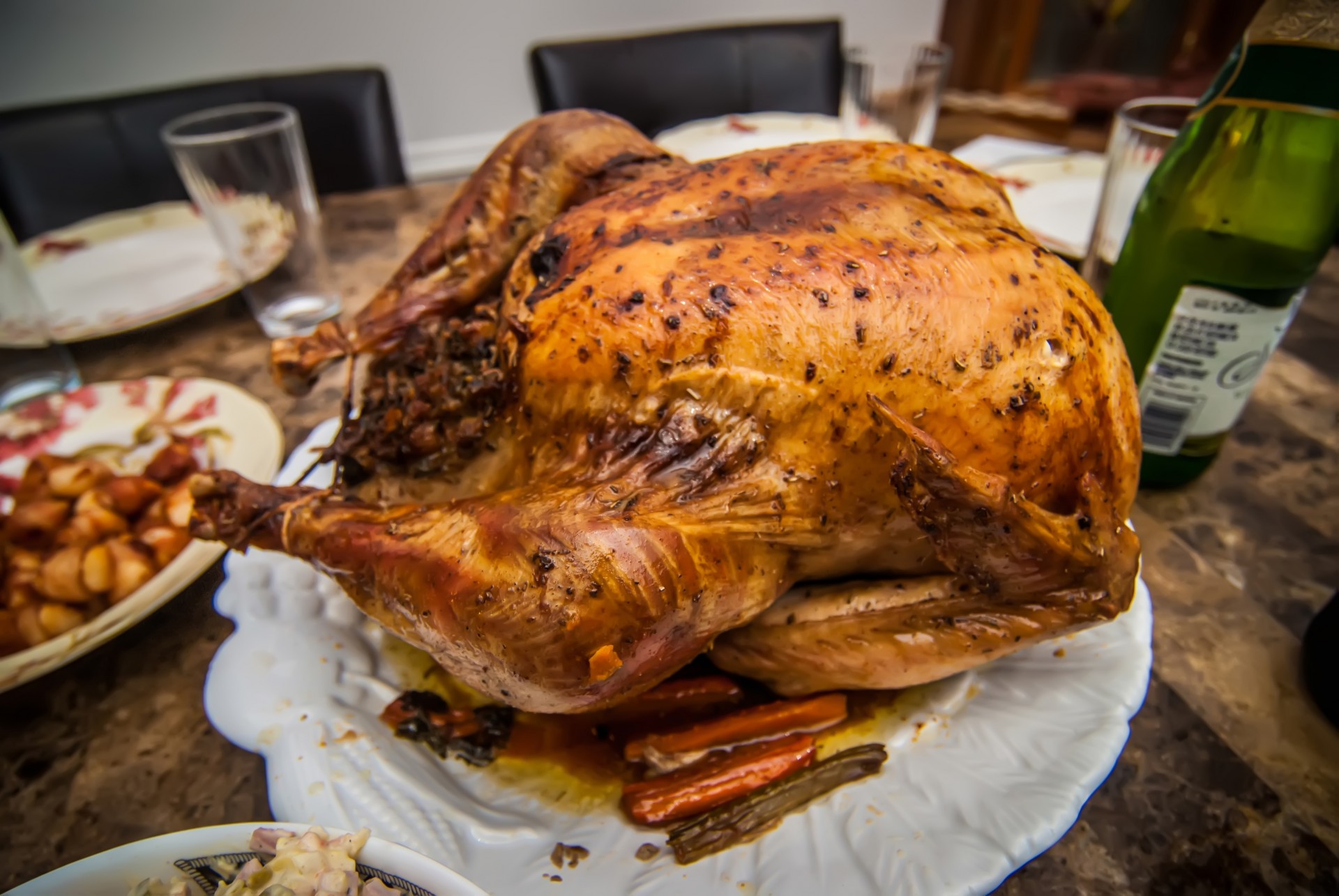Anything that is small, bug-like, and has wings is a fly, right? Wrong! There are only about 120,000 flies that belong to the order Diptera, or “true” flies. Dipterans include not only commonly known flies such as houseflies and fruit flies, but also mosquitoes, midges, and craneflies.

These true flies have only one pair of wings. They are also characterized by containing a pair of balancing organs on the base of their wings, called halteres. Halteres vibrate during flight and help flies maintain their balance. Not all dipterans can fly, though. Some flies, such as parasites or those inhabiting islands and alpine areas, don’t have any wings.
The immature stage of flies are called maggots. Maggots absolutely love being in wet environments: most live in water or some other moist environment, such as rotting plant or animal tissue. Those that live in water often have some type of breathing tube or gills to obtain air. There are also some true flies out there that feed only on living plants or animals.

Adult flies have a wide range of habitat preferences and lifestyles. They can live anywhere on earth with the exception of Antarctica and extremely dry deserts. Many true flies are found in environments such as hot springs, stagnant water, tree holes, and streams. As for obtaining food, most species have haustellate mouthparts, which are long and tube-like, allowing flies to suck up food in liquid form. These mouthparts are incredibly diverse, ranging from mouths that are adapted to lapping and those that can pierce through tissues of a host, such as mosquitoes and deer flies.

Many dipterans are beneficial to humans. Flies that visit flowers aid in the pollination of flowering plants and flies that feed on parasites help reduce pest species such as moth caterpillars, beetle grubs, and garden pests. There are also flies that are harmful to humans. Some flies are able to transmit destructive diseases, such as malaria and yellow fever. The common house fly is a carrier of some harmful diseases, such as anthrax and typhoid fever.
So, next time you think you see a fly, try to see if it has two wings and halteres attached to it!




